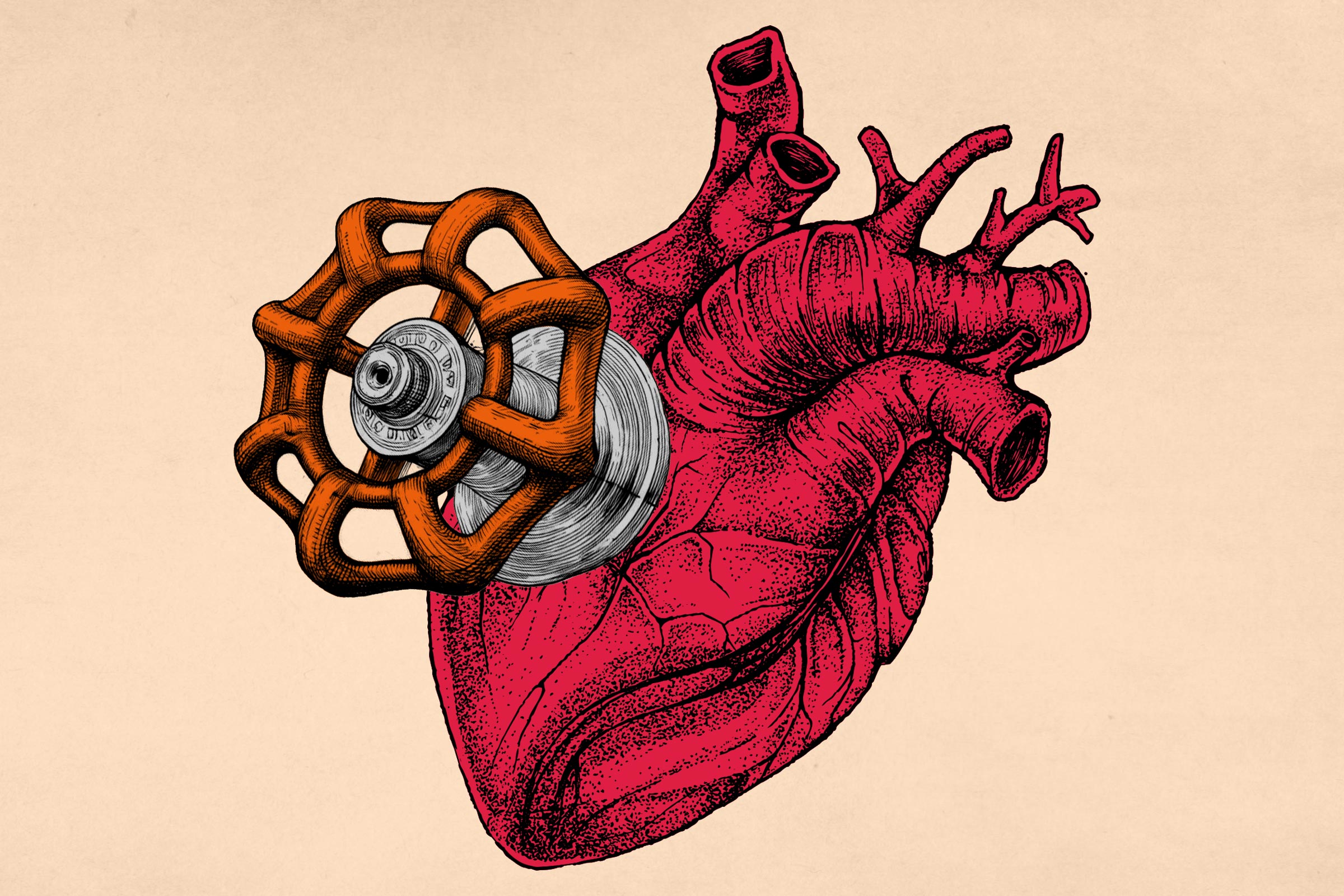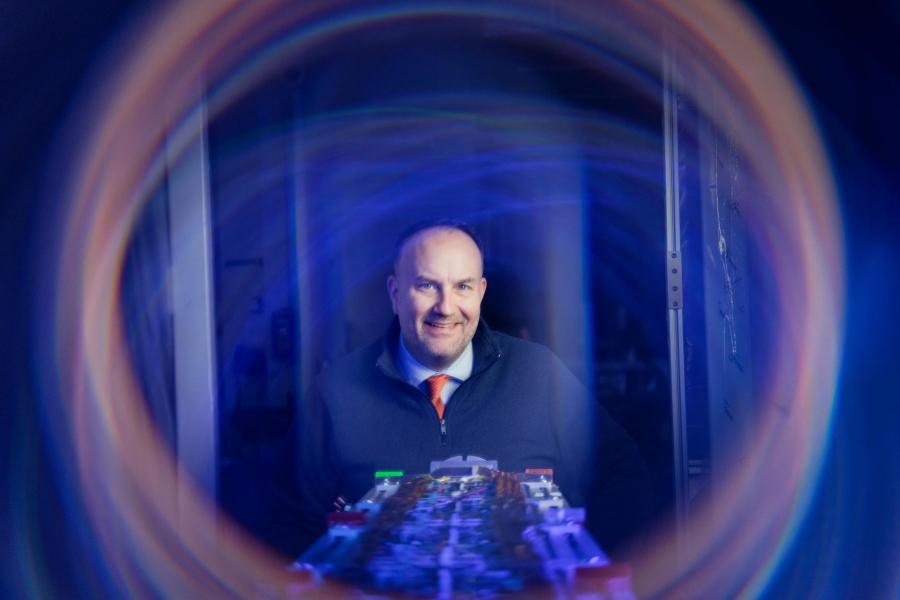A new technique that combines blood-flow measurements in a patient’s heart with an MRI can improve a doctor’s ability to diagnose coronary artery disease, according to researchers at the University of Virginia School of Medicine.
The novel pairing, when combined with a cardiac stress test, “offers a superior way” to uncover potentially deadly coronary artery disease, according to a news release from UVA Health. “The new technique outperformed human experts examining images,” the news release said.
When doctors use an MRI to examine the heart, they refer to that as cardiac magnetic resonance imaging, or CMR. But it works largely the same as an MRI does on other parts of the body, giving experts a noninvasive, but detailed look inside an organ.
“These findings are important because it means that a noninvasive test like CMR can be used to help diagnose (coronary artery disease) even at medical centers that may not have highly experienced physicians available to interpret the test,” Dr. Amit Patel, a UVA Health cardiologist, said. “By including these novel blood-flow measurements into the interpretation of the CMR test, we will be able to more accurately identify patients most likely to benefit from getting an invasive heart catheterization procedure.”










